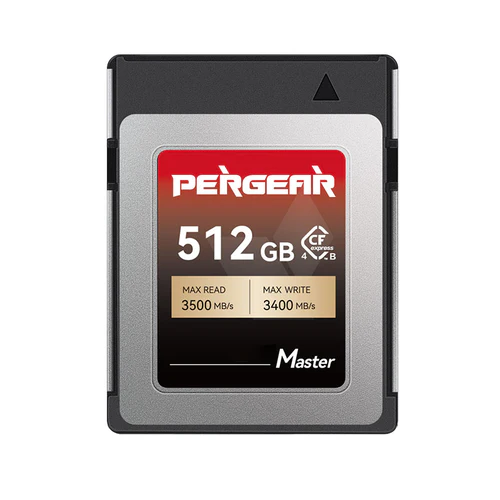
Introduction
Pergear entered the memory card market later than many of the bigger players, but in 2022 and 2023 they launched high-spec CFexpress Type B and Type A cards at far more budget-friendly prices. They’re quickly carving out a place for themselves alongside more established brands.
When they asked if I wanted to test their newest card, I agreed—mainly because I wanted to see how it stacks up against the cards I already use in my cameras. Let’s take a closer look.
![]() I tested this card on a 46 Mp Nikon Z7ii
I tested this card on a 46 Mp Nikon Z7ii
 You can see this review as a YouTube video here!
You can see this review as a YouTube video here!
Specifications
| Card Type | CFexpress Type B |
| Capacity | 512 GB |
| Max read speed | 3500 MBps |
| Mas write speed | 3400 MBps |
| Max sustained write speed | 800 MBps |
| Size | 20 x 28 x 2.8 mm |
| Working temperature | -10° C to 70° C |
| Storage temperature | -25° C to 85° C |
IMG
| Buy new: Pergear Store, Amazon (anywhere) from $127 (Affiliate links) CFExpress 4.0 card reader Type A/B: Pergear Store, $71 right now, Pergear is offering free Tax and free shipping, and you can also get 10% discount if you use the coupon code “phillipreeve”. |
Disclosure
Pergear kindly provided the memory cards and card reader for test and review purposes.
Why Memory Cards Matter
One of the most important parts of a modern camera is the memory card. We buy them out of necessity—mainly as a way to record our pictures and footage in the field, then transfer them safely to our hard drives back home or in the office.
Like with a mule, what matters is how much load it can carry and how quickly it can transport that load—including loading and unloading. And just as it’s important that a mule doesn’t damage the cargo during the journey, it’s equally crucial that a memory card doesn’t corrupt our data.
Because of that, we often spend quite a bit on them, and the price usually comes down to three key factors: capacity, speed, and reliability.
In this review, I’ll look at how the card compares with my other current cards and how it measures up against the company’s own specifications.
Reliability is trickier to judge, since that really shows itself only after years of use.
With that in mind, let’s see how the card performs in practice.
Contenders and Tests Setup
I compare the Pergear card with the cards I regularly use:
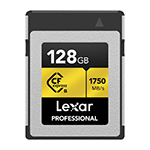 |
— Lexar Professional Pro Gold CFexpress Type B- — 128 GB R: 1750 MB/S W: 1500 MB/s — |
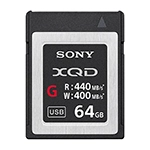 |
— Sony XQD G — 64 GB R: 400 MB/s W: 400 MB/s — |
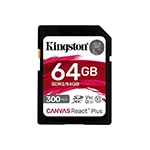 |
— Kingston Canvas React Plus V90 SD — 64 GB R: 300 MB/s W: 260 MB/s — |
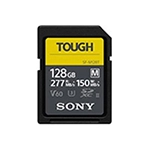 |
— Sony 128GB UHS-II TOUGH V60 SD- — 128 GB R: 277 MB/s W: 150 MB/s — |
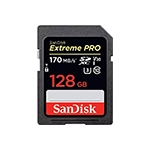 |
— SanDisk Extrem PRO 128GB V30 SD — 128 GB R: 170 MB/s W: 90 MB/s — |
I tested all cards in my Nikon Z7II, when applicable. The Pergear and Lexar CFE cards were tested in the Pergear’s 2-in-1 USB4.0 reader connected to a USB 4.0 port. All the SD cards were tested in my laptop’s internal SD Express 7.0 card reader.
Tests
This section details the technical methodology and results of the performance tests. Readers who are primarily interested in the final assessment may proceed directly to the conclusion.
A comparison of the listed specifications in the previous section reveals that the Sony XQD card, despite being the oldest and slowest non-SD card in this group, has a higher theoretical speed than even the fastest SD card. Additionally, the Pergear card’s theoretical speed is more than double that of the fastest non-SD card. Now, we will test the performance of these cards.
Synthetic Benchmark
For the initial benchmark, I used CrystalDiskMark with the Flash Memory preset. The tests were run in three rounds, using block sizes of 128 MiB, 1 GiB, and 8 GiB. After repeating the full test multiple times, I selected the complete result set that recorded the highest overall write speed for this analysis. The results are as follows:
As you can see in the test results above, the different block sizes show minimal variation in performance. For the remainder of this analysis, I will use the 1 GiB data block results as they provide an ideal balance of speed and accuracy. The primary focus will be on the SEQ1M Q8T1 results, as they are the most indicative of a card’s sustained write performance for demanding tasks such as video recording, fast bursts of RAW images, or even reading the files from the card to the computer.
The card’s tested read speed of 3367 MB/s is an excellent result, closely approaching the manufacturer’s theoretical peak of 3500 MB/s. It is important to remember that these advertised peaks are rarely achieved in real-world scenarios due to system overhead and other factors.
The tested write speed of 2350 MB/s shows a more significant difference from the advertised 3400 MB/s. However, this is expected, as the manufacturer’s stated sustained write speed is 800 MB/s—a guaranteed minimum. Our test result of 2350 MB/s indicates the card’s actual, real-world sustained performance, while far from the peak performance, is much better than the lowest performance.
To compare it with other cards, I ran the same test on the cards and here is the data

The results also show that the oldest and slowest non-SD card is faster the newest and fastest SD card. It also show that the Pergear does quite well to match its peak read performance, the write performance, while much faster all the others, is not among the best compared to the advertised peak performance.
In-Camera Burst Performance
For this test, I used the Nikon Z7II and set the shutter release mode to its maximum of 10 fps. Image quality was set to 14-bit RAW+JPG (highest size and quality), meaning each shutter press produced two files with a combined size of 80.6 MB.
Regardless of which card was used, the camera managed 33–34 shots before hitting the buffer limit. This shows that, in this case, the bottleneck is the camera itself, not the memory cards. In other words, all of them perform equally well in this specific test.
Computer Transfer Speed Test
For this this, I put enough RAW and JPEG files in a folder so that it is enough to fill a 64GB card, formatted the card, and copied the files to the card. Then I deleted all the files on the computer HD, and copied back the files from card to HD. The times are in the table below:

In this table, the write-speed numbers aren’t all that important, since we almost never copy files from a hard drive back to a memory card.
What matters more is the read speed, and here we can clearly see that the Pergear CFE card is noticeably faster than the others in the test — especially compared to the SD cards.
One last note on card readers: if your card has a read speed above 1000 MB/s, use a reader that supports USB 4.0 or Thunderbolt. Otherwise, the reader will bottleneck performance at around 1000 MB/s
Alternatives
| Alternative Memory Cards | Claimed (R/W) | Amazon |
| Pergear 512GB CFexpress 4.0 Type B | (3500/3400) | $149* |
| ProGrade Digital 512GB CFexpress 4.0 Type B Gold | (3400/300) | $190 |
| Lexar 512GB Professional GOLD CFexpress 4.0 Type B | (3600/3300) | $175 |
| Lexar 512GB Professional DIAMOND CFexpress 4.0 Type B | (3700/3400) | $530 |
| Sony 512GB SF-M Tough Series UHS-II SDXC V60 | (277/150) | $223 |
| SanDisk 512GB Extreme PRO UHS-II SDXC V90 | (300/300) | $400 |
| Kingston 512GB Canvas React Plus UHS-II SDXC V60 | (280/150) | $118 |
* $127 at Pergear Store
(Affiliate links)
Conclusion
As expected, CFexpress cards are much faster than SD cards, and this Pergear card is no exception, and even with a big margin. Its big advantage is price: compared to similar CFexpress cards from other brands, it’s far more budget-friendly. In fact, if you look at cost per gigabyte, it can even work out cheaper than SD cards — another solid reason to consider it.
If you’re a hobby photographer who wants the fastest cards available, or if you tend to shoot so much that you end up with hundreds or even thousands of images before downloading, and you find transfers to your computer take too long, then a CFexpress card is worth investing in. But don’t buy one just because you occasionally shoot bursts at your camera’s top speed and largest file size — in that case, a good SD card is usually enough.
On the other hand, if you’re using one of the latest high-resolution cameras (50+ MP), shoot long bursts at over 20 frames per second, or record a lot of video, then CFexpress becomes much more appealing. In that scenario, this Pergear card offers excellent value for money.
Writing articles like this one is both time-consuming and costs us a lot of money. If you found this article helpful and decided to buy one of these lenses, please consider using one of the affiliate links.
If you are not interested in buying any of the lenses, but you still found this article useful, interesting, or it saved you a lot of money, treat us to a coffee (donate)!
| Buy new: Pergear Store, Amazon (anywhere) from $127 (Affiliate links) CFExpress card reader 4.0 Type A/B: Pergear Store, $71 right now, Pergear is offering free Tax and free shipping, and you can also get 10% discount if you use the coupon code “phillipreeve”. |
Further Reading
What camera gear and accessories do I use most frequently?
Support Us
Did you find this article useful or did you just like reading it? It took us a lot of time and money to prepare it for you. Use the Donate button to show your appreciation!
![]()

(Donations via Paypal or bank card)
What’s in my camera bag? MY 2024 KIT!!
- Main camera : https://amzn.to/3TsGtKg
- Camera grip : https://amzn.to/4e0G3CR
- Memory Card 1: https://amzn.to/47pA20i
- Memory Card 2 : https://amzn.to/3XHYxlZ
- Camera 2 : https://amzn.to/3Xifou8
- Camera grip: https://amzn.to/4dYYpV9
- Memory card 1: https://amzn.to/4e5h2H0
- Memory card 2: https://amzn.to/3zu7W7n
- Small travel tripod: https://amzn.to/4goIX68
- Mini tripod: https://amzn.to/4e09XXX
- Small shoulder bag: https://amzn.to/47tPMiY
- Medium shoulder bag: https://amzn.to/4ej4bjY
This site contains affiliate links, for which I may receive a small commission if you purchase via the links at no additional cost to you. This helps support the creation of future content.
Martin
Latest posts by Martin (see all)
- REVIEW: Viltrox 56mm f/1.2 Pro (APS-C) - October 1, 2025
- REVIEW: Viltrox Spark Z3 Flash - September 25, 2025
- REVIEW: Viltrox AF 9mm f/2.8 Air (APS-C) - September 20, 2025
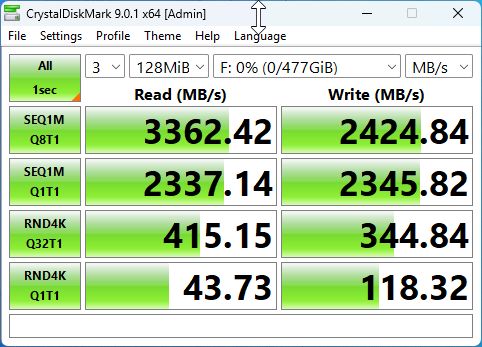
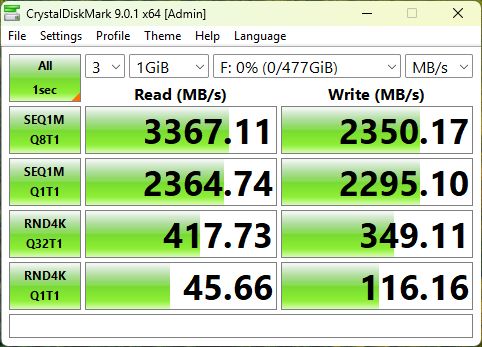
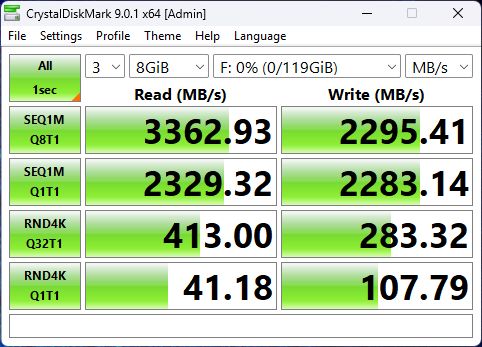
I would’ve liked to see a buffer clearing time comparison, the body may hit the buffer limit at the same # of shots but if it can clear it in half the time with a faster card that’s the advantage I care about the most… More so than offload speed and other metrics. This might be moot on newer or higher the bodies with larger buffers, but on a body with a 30 or even 60 shot buffer, it’s a concern IMO.
To add, there’s other bottlenecks over which the Z7 II might only reach the same buffer depth with vastly different speed cards (file processing, processing power to write to buffer and card simultaneously, etc.); but that doesn’t mean buffer clearing times will be equal… Or at least I’d be very surprised if they were.